The journey to Indigenous rights and recognition isn’t over yet
It is apparent to everyone the status quo is not working. Closing the Gap isn’t closing the gap. Welcome to country and land acknowledgments and the flag have never been common ground in Australia.
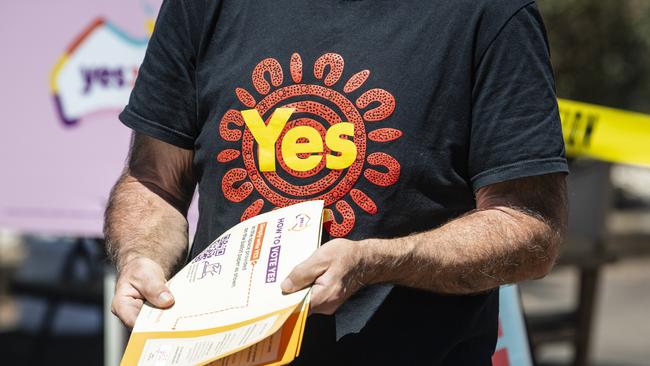
The movement for Aboriginal rights and recognition is a long journey. We were asking to be included in democratic decision-making during pre-Federation colonial times and we haven’t stopped since. We don’t stop seeking rights and recognition because of 2023.
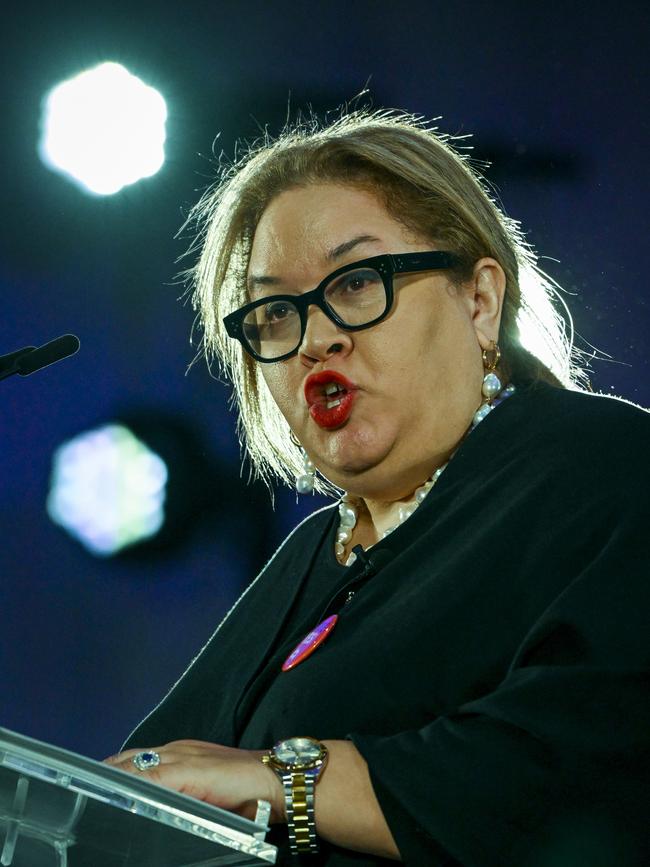
If you assess the state of play only by asking ex-politicians and pundits, then the outlook is bleak and nothing can ever be achieved in the space. But democracies always carry the emancipatory potential for change.
It is apparent to everyone the status quo is not working. Closing the Gap isn’t closing the gap. Pat Turner’s evidence to the joint select committee this year told of how implementation is being held up by the National Indigenous Australians Agency.
This is why the voice was chosen by mob in 2017. It was a proposal from communities that are the end users of a regulatory system drowning in bureaucratic control while using the language of “self-determination” and “shared decision-making”. For communities, nothing has changed because the power imbalance is so acute. Anyone who knows Indigenous affairs intimately knows the agency was not flummoxed by the referendum loss: it is business as usual. Regulatory systems breed ritualism. Bureaucracies outwardly commit to frameworks while internally resisting real change.
While co-operation between governments is needed for economic transformation, they haven’t been able to achieve this magical alignment after 1½ decades of closing the gap. The struggles of federalism are not novel to Aboriginal affairs, though. Our brand of federalism means the commonwealth is more powerful than the drafters of our Constitution anticipated, especially in terms of fiscal policy and funding. Our federal system means this state and territory-based approach to closing the gap will not work without more direct federal input and leadership and control. In the meantime, who keeps the states and territories accountable?
On the referendum loss, we believe it is important to refrain from analysis that oversimplifies how people voted. Australians did not vote on the Uluru Statement from the Heart and our research after the referendum shows people didn’t even know about the Uluru statement or the deliberative process that led to it (both Yes and No voters). Australians did not vote on “voice, treaty, truth”, they voted on a specific amendment to the Constitution.
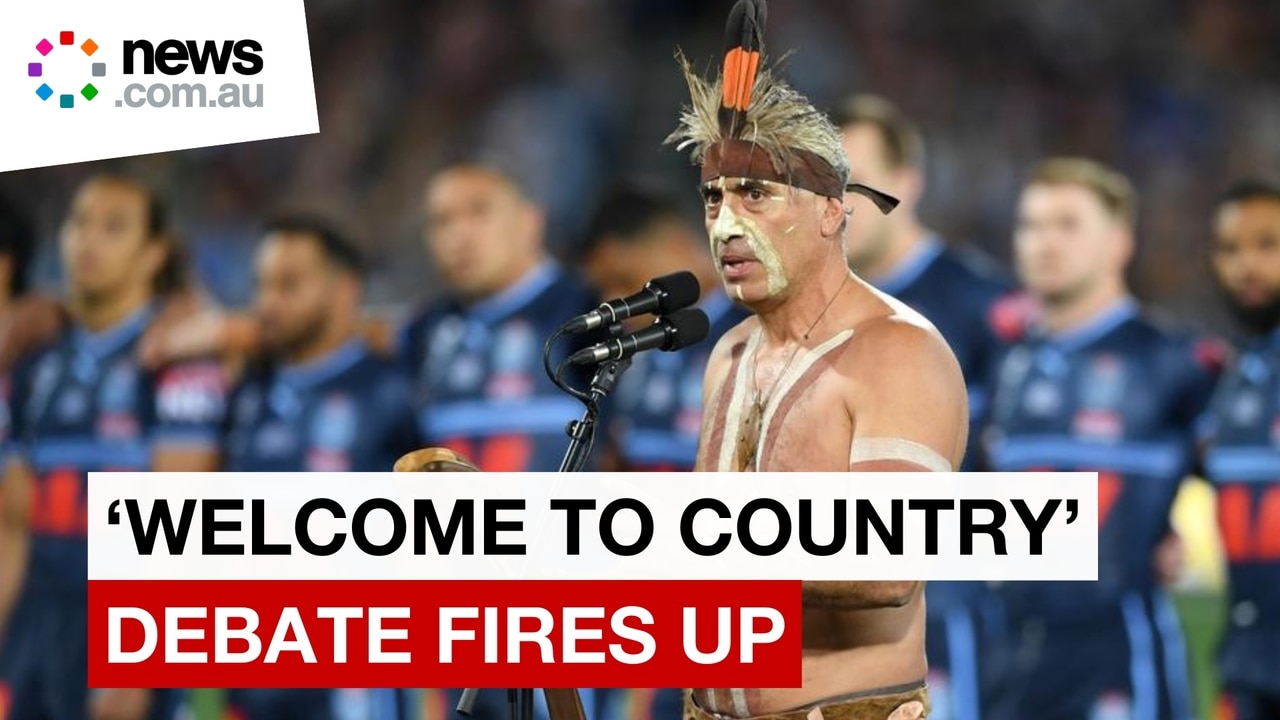
What does it say for the future of our democracy if politicians can unrestrainedly and unilaterally expand the scope of an unsuccessful referendum amendment to apply to wider non-constitutional matters? This is nonsensical in a functioning constitutional liberal democracy. It is tiresome punditry that the vote was for more than a constitutional amendment.
Post-referendum, we know many things influenced the vote, including cost of living. Another was Aussies thinking Aboriginal people didn’t want the voice, which the referendum results show was utter fiction. An overwhelming majority of First Nations voted Yes. The most prominent reason was that many Aussies didn’t want race in the Constitution, unaware that race is well and truly in the Constitution.
Aboriginal people are not angry, bitter and confused; if anything we are more certain that this movement must and will continue with our 6.2 million Aussie brothers and sisters. We’ve been working all year! There is no Aboriginal leadership who clings to the Prime Minister’s statement on Uluru on election night 2022. It was not expected; it wasn’t ALP policy. Fred Chaney once said in Aboriginal affairs “political timetables always beat workable timetables”. The referendum timing and the political storm that engulfed the proposal is an example of that. We weren’t responsible for timing or manufacturing bipartisanship.
Our work now is the quiet work of Aussies talking to Aussies, Yes and No voters, away from the adversarial political space and media clickbait. This is what the Uluru Dialogue and its allied partners continue to do, working on what the Uluru statement was about, belonging.
The Australian people make up Australian democracy and we will always have agency to make change. Politics turns on a dime.
That’s different to professional politicians who always have one eye on the next election. Politicians and ex-politicians always think mob are politically naive and not politically realistic. But state and territory and federal politicians have presided over widespread failure in this policy space for decades. This fact cannot be quarrelled with. At least the mob involved in the regional dialogues had a go, to make change by doing something different, not repeating the same things over and over and expecting different results.
We aren’t naive on political reality. We know we cannot rely on politicians because at the end of the day they always let us down – this was at the centre of the Uluru statement and the voice. It was a clarion call to Aussies because they know what we know about the limitations of retail Australian politics: we are all in this together.
The Uluru road map is not unachievable – it is pragmatic and modest, working with Australian democracy. It is not some fringe proposal. We see the danger in far left and far right advocacy but also the mainstream left and right that keeps us stuck in status quo. It wasn’t fringe politics that claimed the Australian Electoral Commission was rigged during the referendum campaign and it wasn’t fringe politicians who ruled out the voice in November 2022 before a proposal was even sighted. There’s a reason Australia’s primary vote is 30/30/20 and not 40/40/20 any more. Aussies are looking for alternatives to the two main parties because they continually let us down.
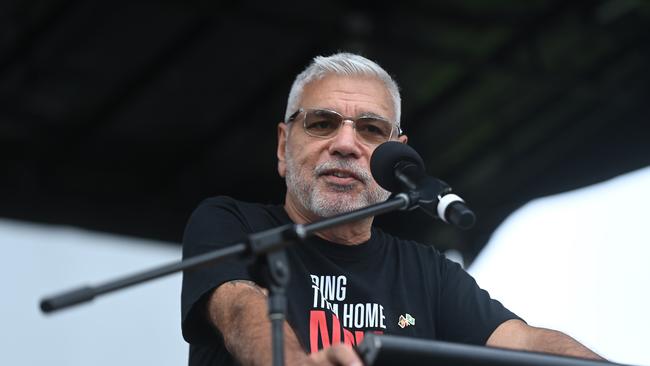
Finally, economic development is key to community uplift, and the reasons some communities flourish and others don’t is nuanced. We’ve heard the welfare to private enterprise “solution” for decades. It’s a deceptively simple proposition. We’ve heard promises for better collaboration and co-operation on Indigenous economic transformation for 40 years. There’s voluminous material written on this, books, journal articles, government-commissioned reports, Australian Research Council grants. The blockers to wealth creation from inalienability of land, lack of security for credit providers, poor governance, lack of innovation in incorporation models, gender and so on. On the other hand, communities are hearing triumphal stories about the billions generated from Indigenous business annually propelled by the Indigenous procurement policy. The question communities ask us is: “Where’s the trickle-down?”
Salvation in renewable energy and the “just” transition would make sense if the underpinning property rights existed to give mob a seat at the table, let alone equity. Again, the levers of wealth creation aren’t rocket science. We are far from being First Nations from US, Canada or New Zealand, where the fundamental economic levers underpinning their private sector power base stems from constitutional rights and entrenched (constitutional) treaty rights: security of tenure, recognised polities, durability, certainty. We need to restrain claims that we are on the verge of some grand economic vision. Or maybe it is a vision that will be realised for a select few, not all.
Finally, welcome to country and land acknowledgments and the flag have never been common ground in Australia. Like reconciliation and Reconciliation Action Plans, these measures have always been contested, including by our own mob. By and large most Aussies respect these rituals, but people debated these symbolic measures for a long time before the referendum. This is not new. Anyone in local government knows this. But that’s coexistence. Communities of Australians will always negotiate their own rituals. It’s not perfect, it is messy, swings and roundabouts. Nothing is settled in this country, not the least being the original grievance. And no Australian prime minister should ever be released of resolving that.
Megan Davis is the Gough Whitlam and Malcolm Fraser chair at Harvard University, visiting professor at Harvard Law School and pro vice-chancellor society, UNSW Sydney.

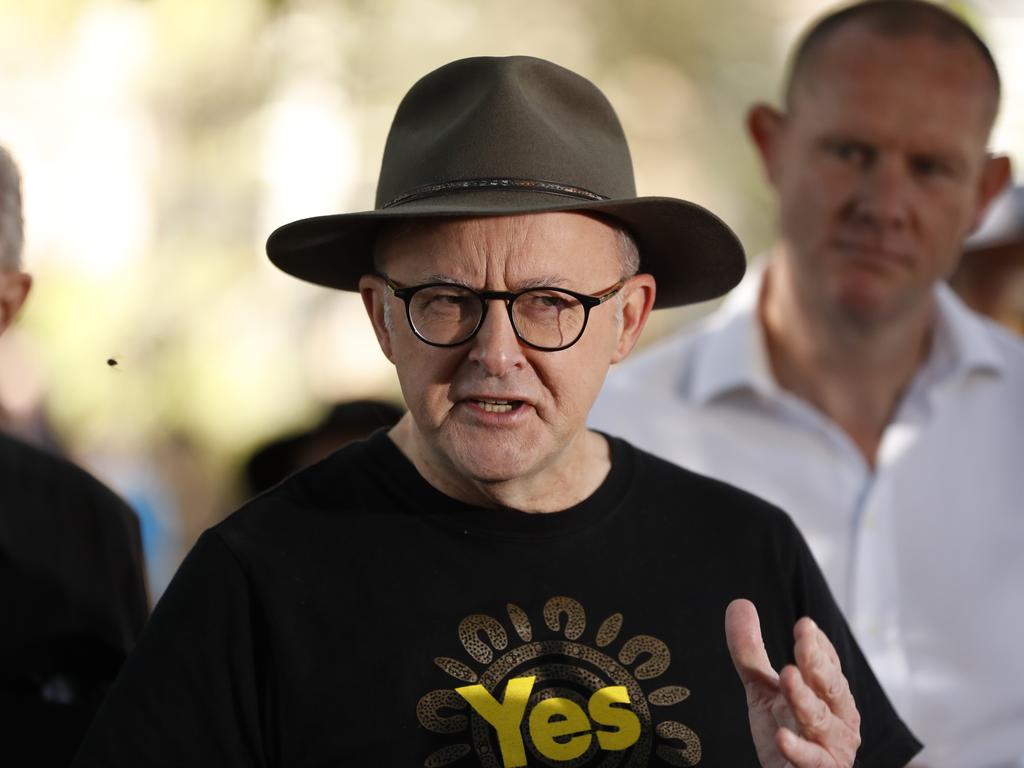
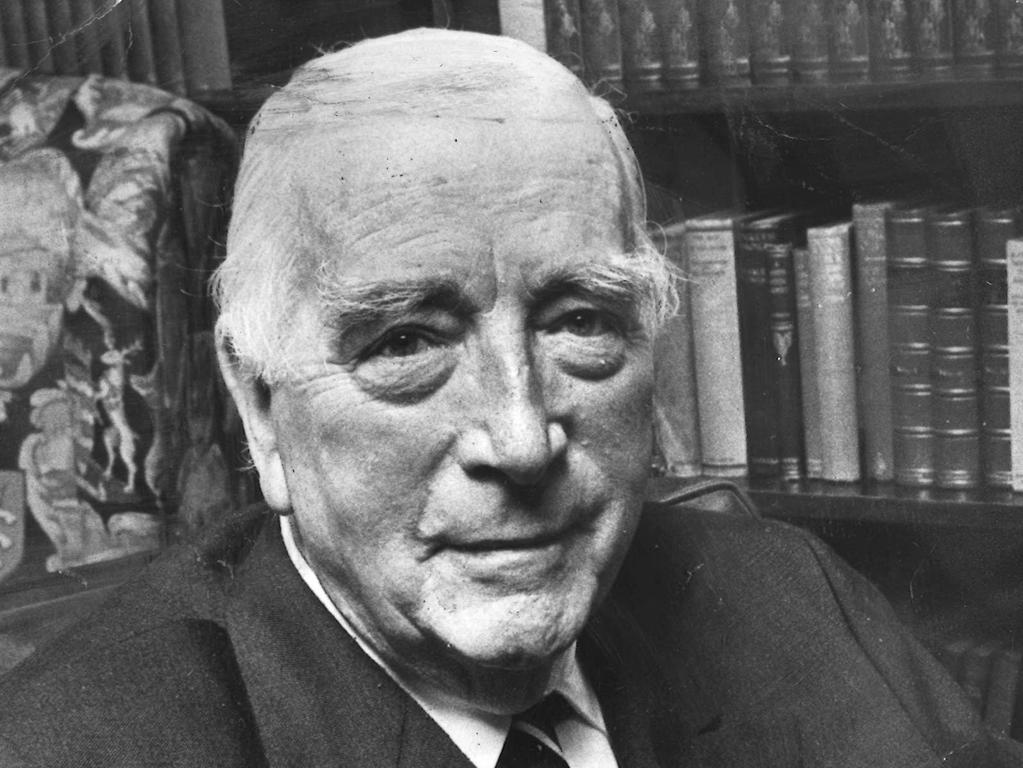


To join the conversation, please log in. Don't have an account? Register
Join the conversation, you are commenting as Logout